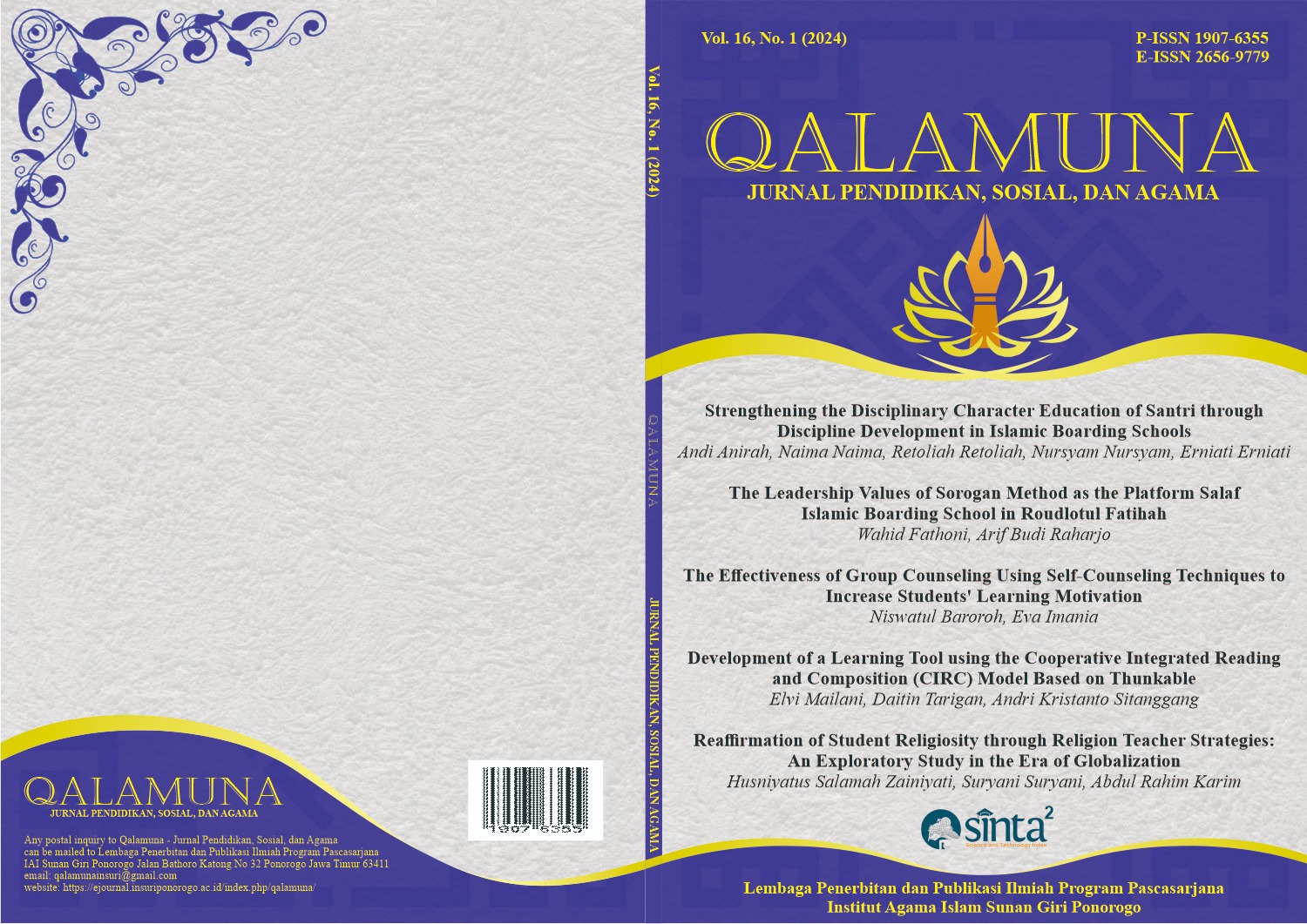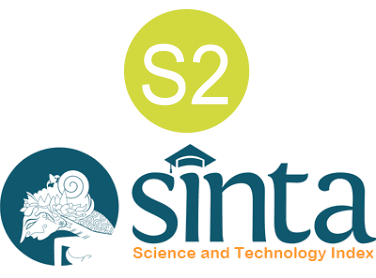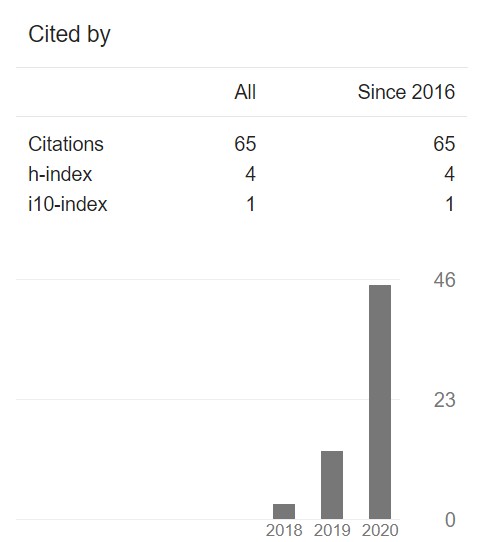Insights into Generation Z's Perception of Social Media Marketing's Effectiveness on Faith-Based Private School Branding
DOI:
https://doi.org/10.37680/qalamuna.v16i1.4953Keywords:
Social media marketing, education institution, brand attitude, brand image, brand intention, intention to recommendAbstract
The research aims to explore Generation Z's perceptions of social media marketing (SMM) effectiveness for brand building in religious-based private schools, addressing a crucial gap in the literature by examining how SMM influences various facets of brand perception and student behavior within this specific educational niche. Specifically, it investigates SMM's impact on brand attitude, image, intention, and recommendation, utilizing a quantitative descriptive design with primary data collected through surveys and employing probability sampling among 200 high school students via an online survey. Data analysis, conducted using the Structural Equation Model (SEM) with the assistance of the SmartPLS statistical program, reveals a positive and significant relationship between SMM and both brand attitude and brand image, as well as a significant positive correlation between SMM and students' intention to choose a faith-based educational institution and their intention to recommend it. Additionally, a significant positive relationship between brand attitude and brand image is observed, with brand image also displaying a significant positive association with students' intention to choose a faith-based educational institution and their intention to recommend it, thereby providing valuable practical and theoretical insights.
Downloads
References
Adams, N. M., & Kecskes, K. (2020). The Long-Haul: Buddhist educational strategies to strengthen students' resilience for lifelong personal transformation and positive community change. Metropolitan Universities.
Arora, N., Prashar, S., Tata, S. V., & Parsad, C. (2021). Measuring personality congruency effects on consumer brand intentions in celebrity-endorsed brands. Journal of Consumer Marketing, 38(3), 251-261.
Faircloth, J. B., Capella, L. M., & Alford, B. L. (2001). The effect of brand attitude and brand image on brand equity. Journal of marketing theory and practice, 9(3), 61-75.
Fan, L., & Gerlach, M. (2017). Exploring the use of social media in university marketing and student recruitment. Journal of Marketing for Higher Education, 27(2), 150-167.
Ghorbanzadeh, D., & Sharbatiyan, M. (2024). The role of website features in creating value co-creation behaviors and enhancing the brand image and reputation of higher education institutions. Interactive Technology and Smart Education, 21(1), 21-43.
Hosany, S., & Prayag, G. (2013). Patterns of tourists' emotional responses, satisfaction, and intention to recommend. Journal of Business Research, 66(6), 730-737.
Jonathan, S. A., Rantung, P. L. R., & Mandagi, D. (2023). Determining factors for parents to choose a school: Empirical analysis of religious based private schools. QALAMUNA: Jurnal Pendidikan, Sosial, Dan Agama, 15 (1), 573-584.
Jun, A., & Aronson, S. J. (2021). The elusive challenge of leadership development at faith‐based institutions. New Directions for Student Leadership, 2021(171), 35-44.
Kainde, S. J., & Mandagi, D. (2023). A systematic review of servant leadership outcomes in education context. EDUKASIA: Jurnal Pendidikan dan Pembelajaran, 4(2), 2563-2574.
Kainde, S. J., & Mandagi, D. W. (2023). From likes to loyalty: the interplay of social media marketing in shaping education institution brand attitude and loyalty. Jurnal Ekonomi, 12(02), 465-475.
Kainde, S. J., & Mandagi, D. W. (2023). From likes to loyalty: the interplay of social media marketing in shaping education institution brand attitude and loyalty. Jurnal Ekonomi, 12(02), 465-475.
Kaushik, R. K., & Kaushik, A. (2016). Social media in higher education: Strategies for student recruitment and branding. Journal of Marketing for Higher Education, 26(2), 119-139.
Kervyn, N., Fiske, S. T., & Malone, C. (2012). Brands as intentional agents framework: How perceived intentions and ability can map brand perception. Journal of consumer psychology, 22(2), 166-176.
Malik, M. E., Naeem, B., & Munawar, M. (2012). Brand image: Past, present and future. Journal of Basic and Applied Scientific Research, 2(12), 13069-13075.
Mandagi, D. W. (2023). Pemasaran media sosial, gestalt merek dan loyalitas pelangan: studi empiris pada Tomohon International Flower Festival. Manajemen Dewantara, 7(1), 32-45.
Mandagi, D. W., & Aseng, A. C. (2021). Millennials and Gen Z's Perception of Social Media Marketing Effectiveness on the Festival's Branding: The Mediating Effect of Brand Gestalt. Asia-Pacific Social Science Review, 21(3).
Marhareita, C., Kila, I. W., & Mandagi, D. (2022). Social Media Marketing and Educational Institution Brand Awareness, Image, and Attitude. QALAMUNA: Jurnal Pendidikan, Sosial, Dan Agama, 14 (1), 257-256.
McHaney, R. (2023). The new digital shoreline: How Web 2.0 and millennials are revolutionizing higher education. Taylor & Francis.
Mohamed, S., & Yusof, A. F. (2015). Social media and its impact on university branding. Journal of Marketing Management, 31(3-4), 181-197.
Naeem, M. (2020). Developing the antecedents of social influence for Internet banking adoption through social networking platforms: evidence from conventional and Islamic banks. Asia Pacific Journal of Marketing and Logistics, 33(1), 185-204.
Park, C. W., MacInnis, D. J., Priester, J., Eisingerich, A. B., & Iacobucci, D. (2010). Brand attachment and brand attitude strength: Conceptual and empirical differentiation of two critical brand equity drivers. Journal of marketing, 74(6), 1-17.
Pasuhuk, L. S., & Mandagi, D. W. (2023). Integrating Social Media Marketing and Brand Gestalt: An Empirical Analysis in Educational Institutions. EDUKASIA: Jurnal Pendidikan Dan Pembelajaran, 4(2), 2795-2804.
Poluan, M. S., Pasuhuk, L. S., & Mandagi, D. W. (2022). The role of social media marketing in local government institution to enhance public atitude and satisfaction. Jurnal Ekonomi, 11(03), 1268-1279.
Prayag, G., Hosany, S., Muskat, B., & Del Chiappa, G. (2017). Understanding the relationships between tourists' emotional experiences, perceived overall image, satisfaction, and intention to recommend. Journal of travel research, 56(1), 41-54.
Qasim, A. M., Al-Askari, P. S. M., Massoud, H. K., & Ayoubi, R. M. (2021). Student university choice in Kurdistan-Iraq: what factors matter?. Journal of further and higher education, 45(1), 120-136.
Sanjeev, M. A., Khademizadeh, S., Arumugam, T., & Tripathi, D. K. (2022). Generation Z and intention to use the digital library: does personality matter?. The Electronic Library, 40(1/2), 18-37.
Savitri, C., Hurriyati, R., Wibowo, L., & Hendrayati, H. (2022). The role of social media marketing and brand image on smartphone purchase intention. International Journal of Data and Network Science, 6(1), 185-192.
Sirola, A., Kaakinen, M., Savolainen, I., Paek, H. J., Zych, I., & Oksanen, A. (2021). Online identities and social influence in social media gambling exposure: A four-country study on young people. Telematics and Informatics, 60, 101582.
Sobaih, A. E. E., Hasanein, A. M., & Abu Elnasr, A. E. (2020). Responses to COVID-19 in higher education: Social media usage for sustaining formal academic communication in developing countries. Sustainability, 12(16), 6520.
Thomas, V. L., & Vinuales, G. (2017). Understanding the role of social influence in piquing curiosity and influencing attitudes and behaviors in a social network environment. Psychology & Marketing, 34(9), 884-893.
Tuten, T. L. (2023). Social media marketing. Sage Publications Limited.
Walean, R. H., Wullur, L., & Mandagi, D. W. (2023). Constructing a Destination Gestalt Model: Brand Gestalt, Brand Attitude, and Revisit Intention. Asia-Pacific Social Science Review, 23(1).
Wang, C. L., Sarkar, J. G., & Sarkar, A. (2019). Hallowed be thy brand: measuring perceived brand sacredness. European Journal of Marketing, 53(4), 733-757. https://doi.org/10.1108/ejm-08-2017-0551
Warbung, C. J. E., Wowor, M. C., Walean, R. H., & Mandagi, D. W. (2023). The impact of social media marketing on beauty clinic brand equity: the Case of Zap Manado. International Journal of Professional Business Review: Int. J. Prof. Bus. Rev., 8(4), 8.
Waworuntu, E. C., Kainde, S. J., & Mandagi, D. W. (2022). Work-life balance, job satisfaction and performance among millennial and Gen Z employees: a systematic review. Society, 10(2), 384-398.
Waworuntu, E. C., Mandagi, D. W., & Pangemanan, A. S. (2022). 'I See It, I Want It, I Buy It': The Role of Social Media Marketing in Shaping Brand Image and Gen Z's Intention to Purchase Local Product. Society, 10(2), 351-369.
Yodpram, S., & Intalar, N. (2020). Conceptualizing ewom, brand image, and brand attitude on consumer's willingness to pay in the low-cost airline industry in Thailand. Proceedings 39(1), 27-28).
Downloads
Published
How to Cite
Issue
Section
License
Authors who submit manuscript retain its copyright and grant publisher right of first publication licensed under a Creative Commons Attribution-ShareAlike 4.0 International License (CC BY-SA 4.0) that allows others to access (search, read, download, and cite), share (copy and redistribute the material in any medium or format) and adapt (remix, transform, and build upon any material) the work for any lawful purpose, even commercially with an acknowledgement of the work's authorship and initial publication in Qalamuna: Jurnal Pendidikan, Sosial, dan Agama.













